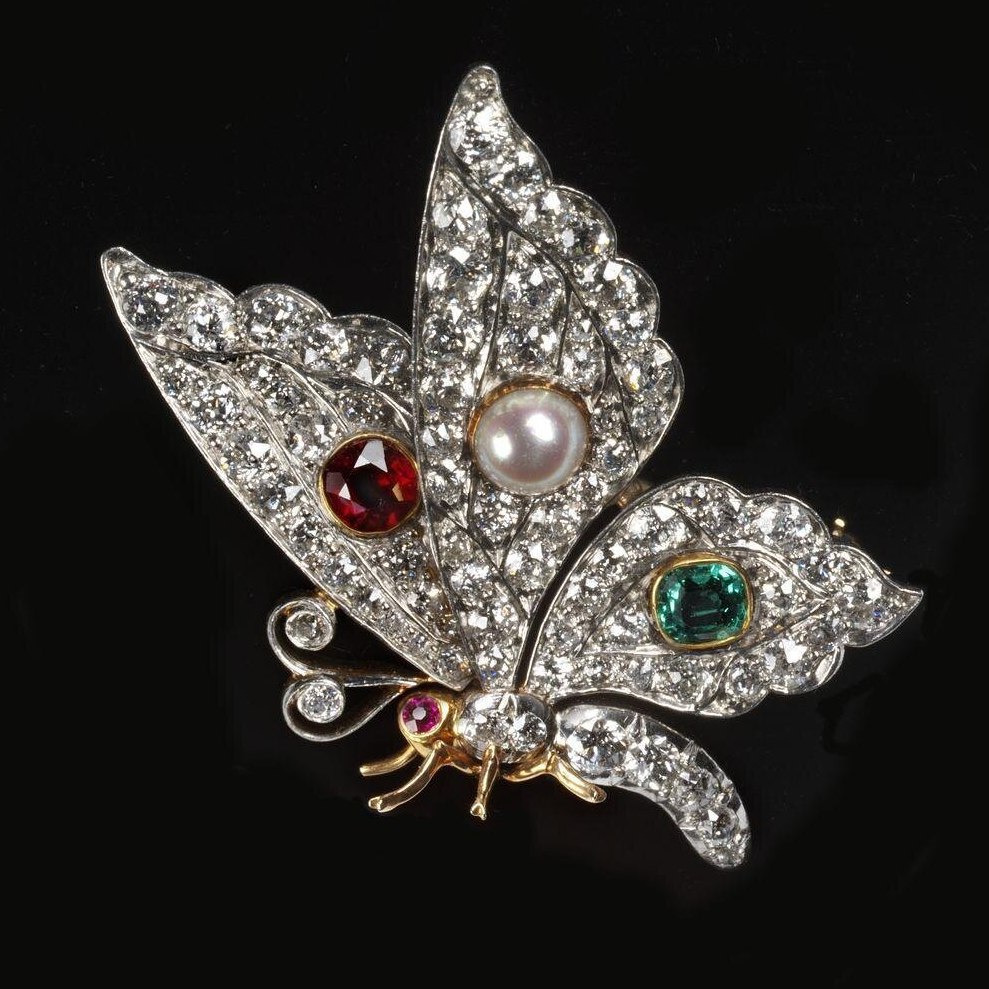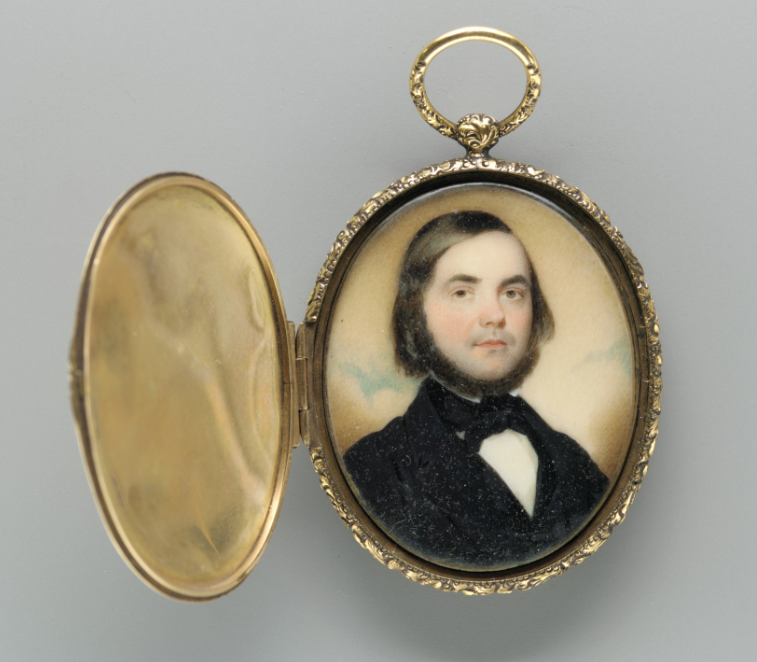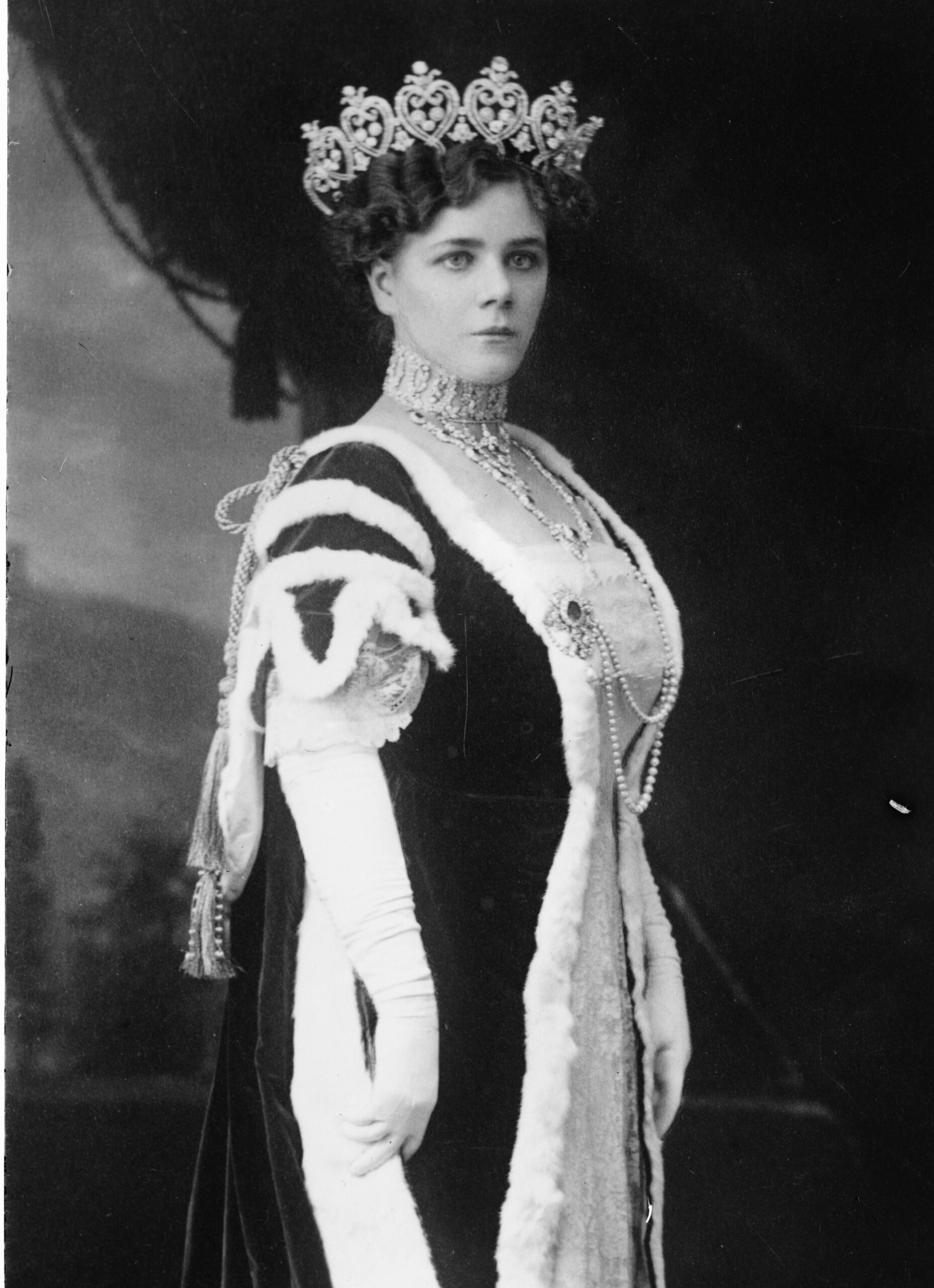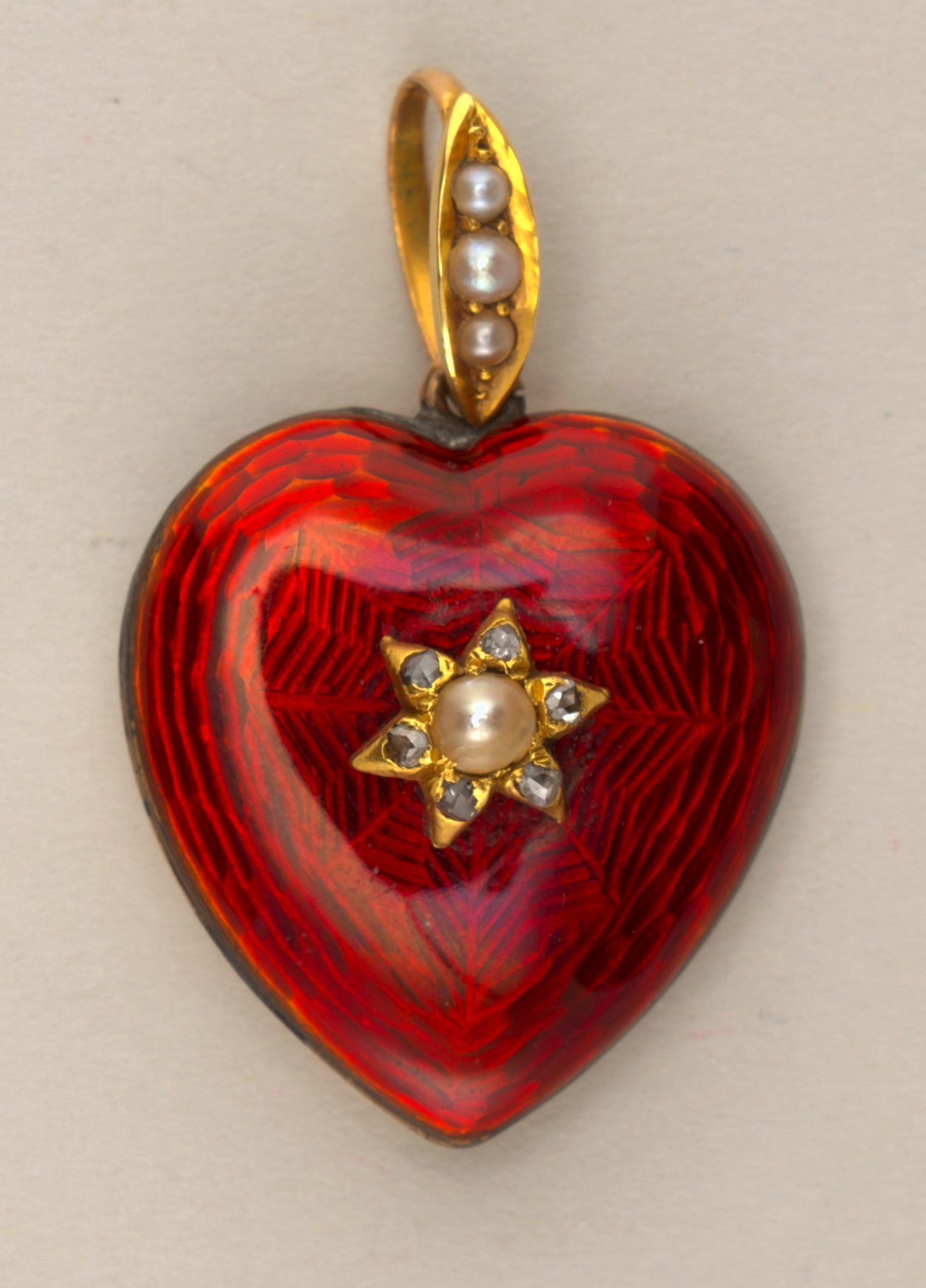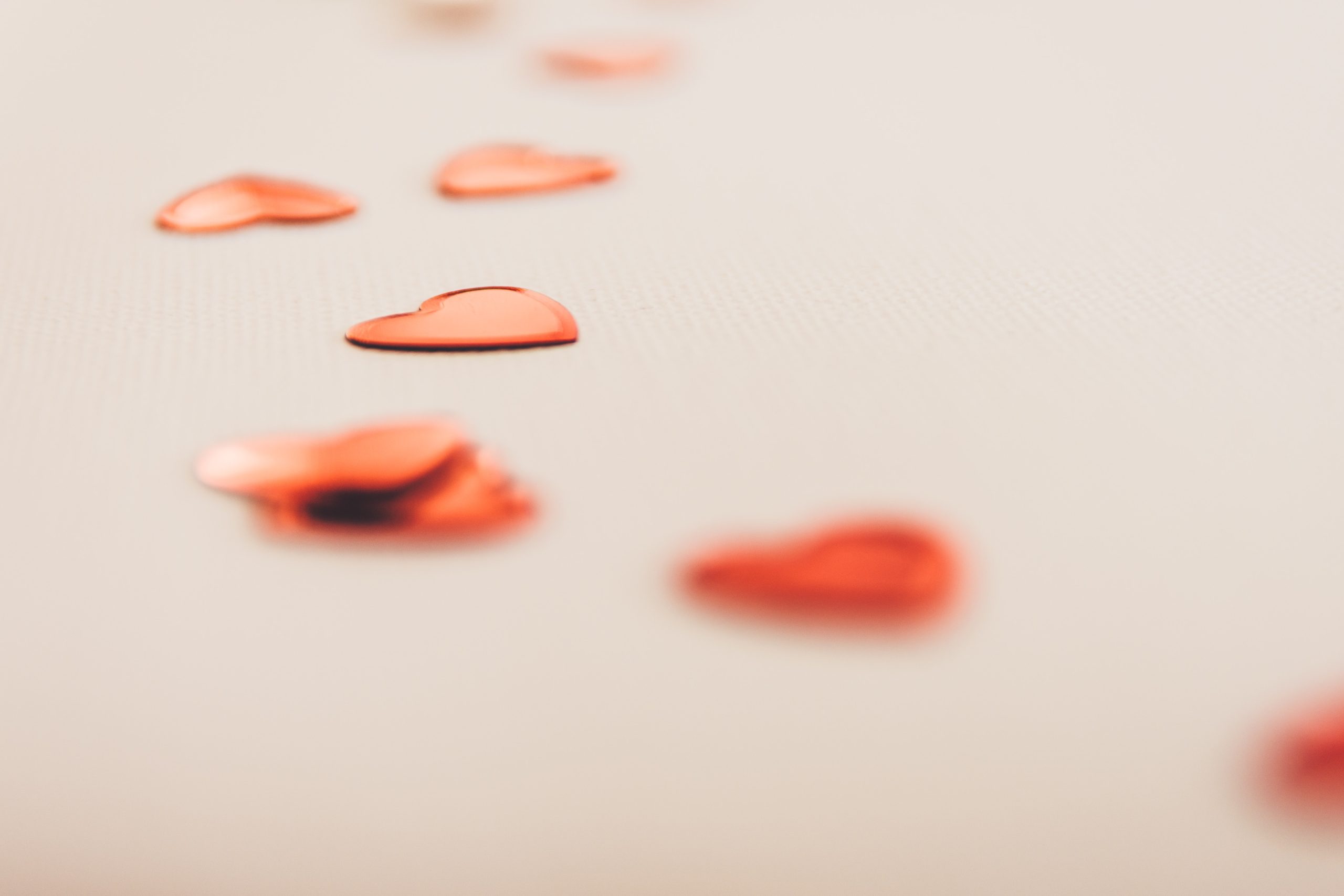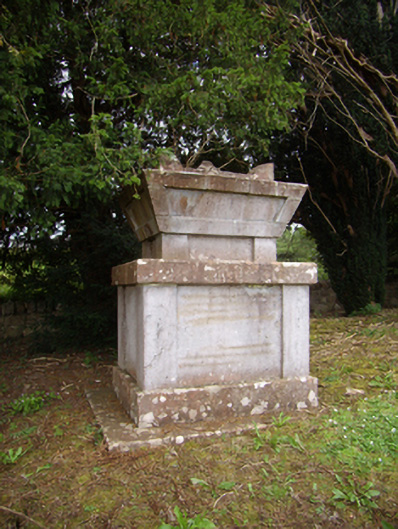Ganna Walska’ s life through jewellery Visiting the Victoria and Albert Museum’s gigantic Cartier exhbition, I saw hundreds of fantastic pieces of jewellery and fabulous
S is for Snake In the jewellery alphabet, S may be for Skull but it could also stand for Snake. Snakes are not the most
To understand jewellery, we have to appreciate its symbolism. Delicate butterflies, colourful and fragile, fly onto brooches, pins, necklaces and bracelets. The butterfly in jewellery is a symbol of love, death and the resurrection.
Everything changes in war time and jewellery might seem very low down the list of priorities. But making and wearing jewellery in a time of war was a way to show that the human spirit endured. It could be a bright note on a worn out outfit, a love gift, or a sign of resistance in the worst circumstances. Making jewellery in a time of war was creative, surprising and often touching.
Lockets are jewels of romance and memory. Wearing the image of your lover is a way to keep them close to you. But in some 19th century cases, the wrong picture in a locket revealed adultery and lead to divorce.
In 1901, the young Duke of Manchester bought three imitation pearl necklaces for his new bride, the dollar princess Helena Zimmerman. Why didn’t he pay for them and what does this say about their marriage?
Relationships with friends can be as important and intense as those with lovers. A group of nineteenth century men marked these links by giving each other rings, signs of affection and leaving gifts.
Gifts for bridesmaids were one of the smaller items on the happy couple’s to-do list. However, choosing an appropriate brooch, locket or bracelet was an opportunity for a pretty, thoughtful gift.
A newspaper story from 1906 shows how a hopeful Scottish grocer was cheated out of a turquoise locket after answering a promising lonely hearts ad…
Mourning jewels have been made for hundreds of years. However, sometimes they are very strange, like the locket worn by politician Denis Bowes Daly…


